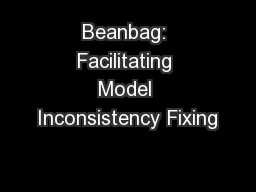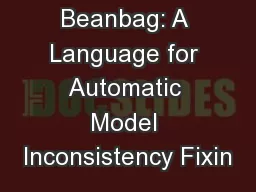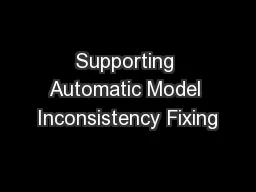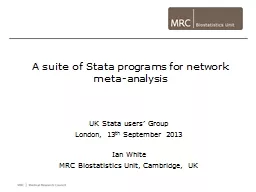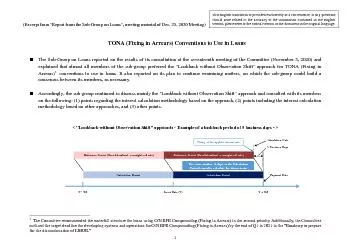PPT-Beanbag: Facilitating Model Inconsistency Fixing
Author : calandra-battersby | Published Date : 2018-11-08
Yingfei Xiong PhD Student Advisor Zhenjiang Hu and Masato Takeichi University of Tokyo 1 Contents45mins Introduction Running example C1 try to find a better one
Presentation Embed Code
Download Presentation
Download Presentation The PPT/PDF document "Beanbag: Facilitating Model Inconsistenc..." is the property of its rightful owner. Permission is granted to download and print the materials on this website for personal, non-commercial use only, and to display it on your personal computer provided you do not modify the materials and that you retain all copyright notices contained in the materials. By downloading content from our website, you accept the terms of this agreement.
Beanbag: Facilitating Model Inconsistency Fixing: Transcript
Download Rules Of Document
"Beanbag: Facilitating Model Inconsistency Fixing"The content belongs to its owner. You may download and print it for personal use, without modification, and keep all copyright notices. By downloading, you agree to these terms.
Related Documents

